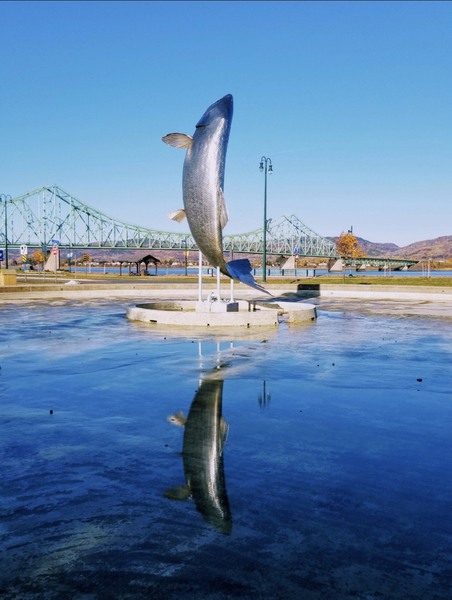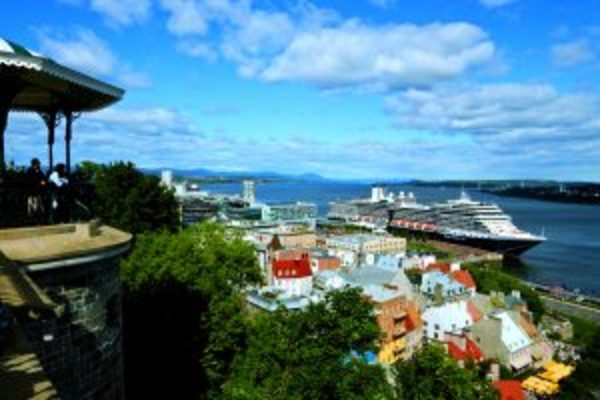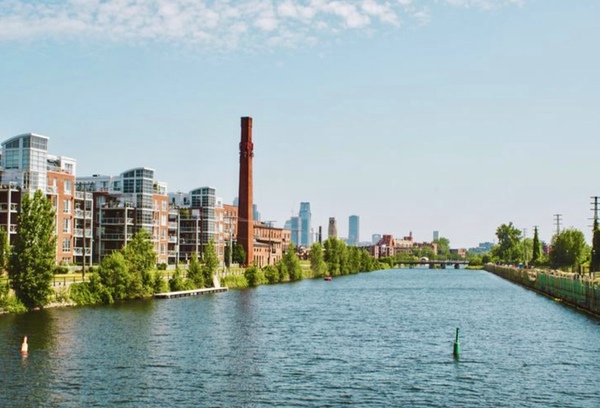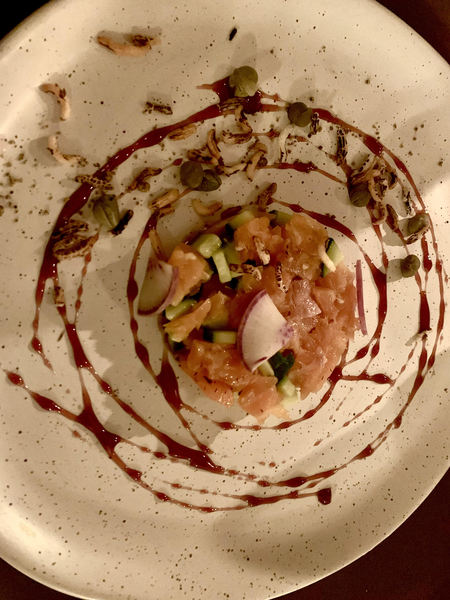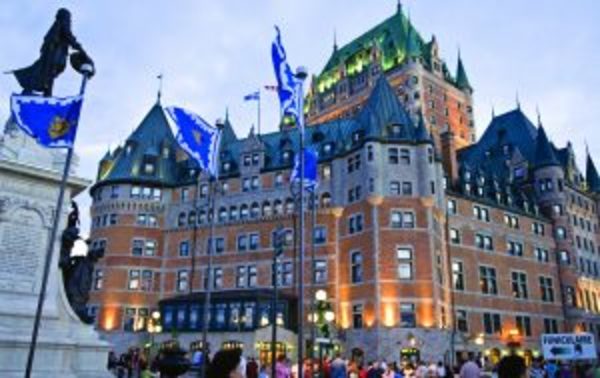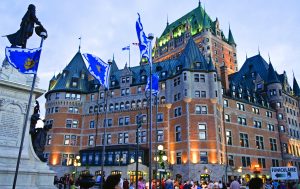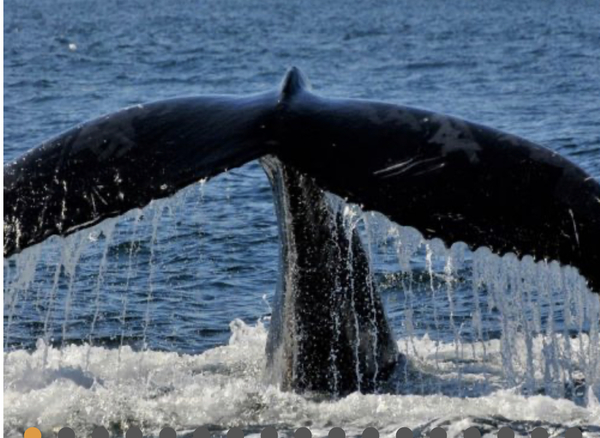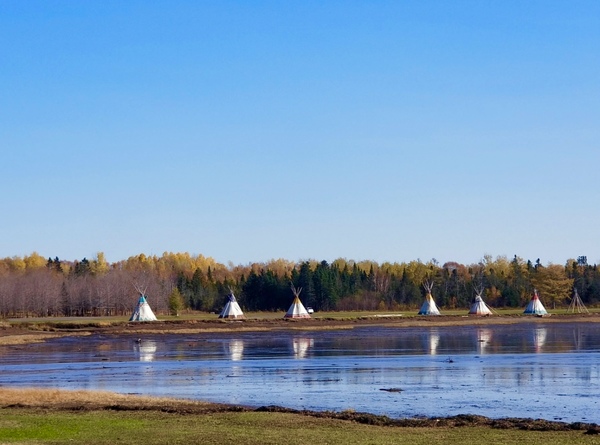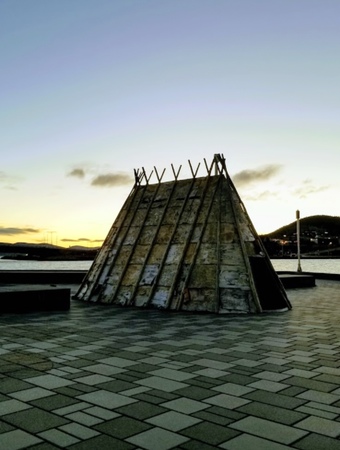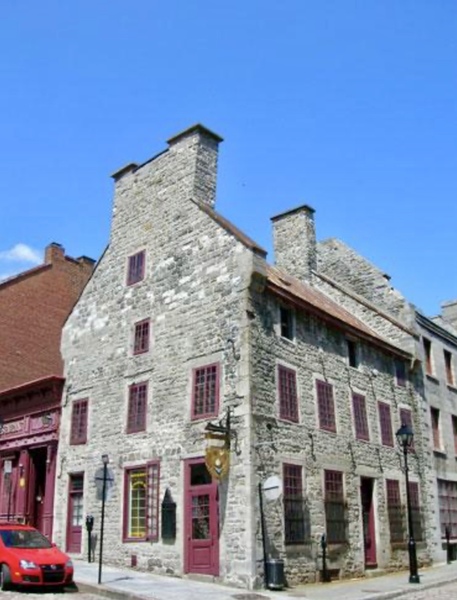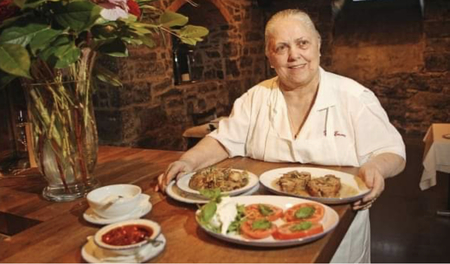The governments of Canada and Quebec are taking an important step by announcing their joint intention to begin working to expand the boundaries of the Saguenay–St. Lawrence Marine Park. This project aims to better protect the biodiversity and ecosystems of the St. Lawrence Estuary, which is home to nearly 2,200 species, some of which, like the beluga, are in a precarious situation.
The announcement was made today by Steven Guilbeault, Minister of Environment and Climate Change and Minister responsible for Parks Canada, and the Québec Minister of Environment, Climate Change, Benoit Charette.
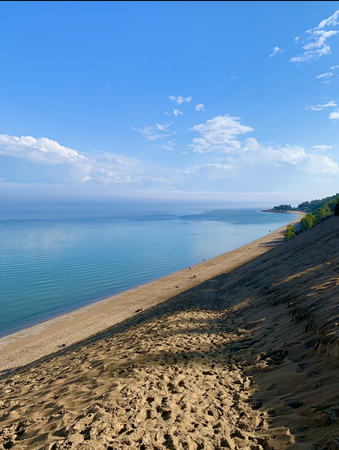
Protection of the St. Lawrence beluga
The expansion project's main objective is to protect the critical habitat of the St. Lawrence beluga, of which more than 60 percent currently lies outside the boundaries of the marine park. It also aims to preserve a high-quality feeding ground for several species of whales, some of which are in a precarious situation. In 2020, as a first act of protection by the Government of Québec, and while waiting for a legal status of protection, territorial reserves were set aside with the end goal of eventually creating protected areas. This project would help to consolidate the protection of a significant part of these territories. As currently planned, the project could quadruple the Saguenay–St. Lawrence Marine Park's area.
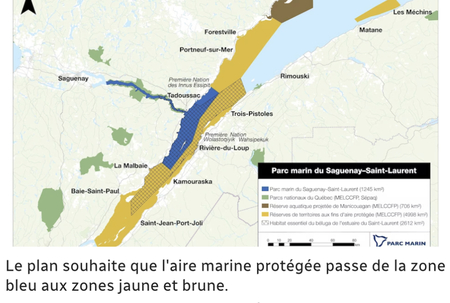
Today's announcement is a first step toward expansion of the marine park. In the coming months, the governments of Canada and Québec will jointly meet with regional and municipal organizations, as well as all stakeholders involved in the project, including First nations, research groups and local businesses to exchange perspectives and obtain feedback. Finally, a public consultation phase will be held, during which the proposed limits and the proposed protection measures will be discussed.
Recognized expertise
Backed with more than 25 years of Canada-Québec co-management and participatory governance in the region, the marine park is a unique model for collaboration and partnerships for the conservation of the marine environment. The expertise of its coordination committee and its teams in the fields of marine activity regulation, education, awareness, visitor experience and scientific research makes it a privileged protection tool, mainly for marine mammals, adapted to the context of the St. Lawrence estuary and the Saguenay Fjord.
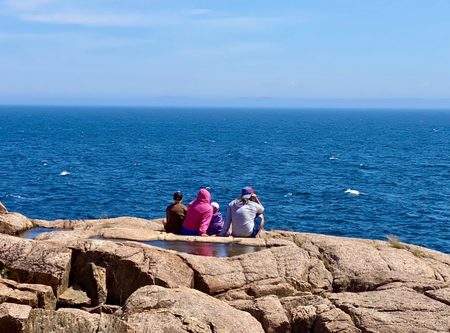
The governments of Canada and Quèbec recognize that the protection of an environment as extensively used as the St. Lawrence Estuary requires strong joint cooperation, close collaboration with all members of the Saguenay–St. Lawrence Marine Park Coordination Committee and consultation with a multitude of regional stakeholders.Quotes:
''As a joint Québec-Canada marine protected area, the Saguenay-St. Lawrence Marine Park has a 25-year history of collaborative conservation and public education successes. Its expansion will allow our governments to work together on several shared priorities, including the protection of marine biodiversity and the recovery of species at risk such as the St. Lawrence beluga. This collaboration between our governments is a clear sign that protecting biodiversity and endangered species is a shared priority. At COP15, we made ambitious commitments, a"nd today we are taking an important step towards achieving these goals." Declares S
teven Guilbeault, Minister responsible for Parks Canada
"The Saguenay–St. Lawrence Marine Park is a source of national pride and a true natural jewel of Quebec. The Government of Québec is proud of this unique partnership with the federal government, which will improve the protection of marine mammals living in the Saint Lawrence Estuary, such as the beluga, which is an emblematic species of the fragility of this habitat. The knowledge gained in recent years sends a clear signal of what we must do to protect it. With extensive experience in co-management and participatory governance, the Saguenay–St. Lawrence Marine Park is a model for protecting marine environments that promote sustainable tourism and benefit local communities. I am convinced that the leadership, experience and trusting relationships that have been at the heart of the park's management since its inception will be catalysts for the next steps toward this promising expansion project for our nation!"
Added Benoit Charette, Québec Minister of the Environment, the Fight against Climate Change, Wildlife and Parks
Highlights
Concerns about the decline of the beluga and its habitat were a determining factor in the creation of the Saguenay–St. Lawrence Marine Park (SSMP) in 1998. The SSMP is a unique Québec/Canada joint marine protected area created by Québec and federal legislation, the Saguenay–St. Lawrence Marine Park Act.
With a current surface area of 1,245 square kilometres (km2), the SSMP is located on Quèbec public lands at the confluence of the Saguenay River and the St. Lawrence Estuary. Its mandate is to enhance the level of protection of the ecosystems of a representative part of the Saguenay Fjord and the St. Lawrence Estuary for the purposes of conservation and environmental protection of the exceptional flora and fauna and natural resources found there, in addition to promoting sustainable educational, recreational and scientific activities.
The management of SSMP, under the joint responsibility of the Ministère de l'Environnement, de la Lutte contre les changements climatiques, de la Faune et des Parcs, of the Société des établissements de plein air du Québec (Sépaq) and Parks Canada, is based on a participatory governance approach that is unique in Canada and relies on stakeholders working together at the local, regional and national levels to achieve its objectives. Its coordination committee is composed of representatives of the Essipit Innu First Nation, the Wolastoqiyik Wahsipekuk First Nation, the Charlevoix-Est regional county municipalities (RCM), the Saguenay Fjord, la Haute-Côte-Nord, and representatives of the three southern shore RCMs (des Basques, Rivière-du-Loup and Kamouraska), the scientific community, and the interpretation and education community.
Since the creation of SSMP in 1998, significant efforts have been made by the involved parties to preserve marine mammals, including beluga. However, its population has continued to decline since then, at a rate of about 1% per year. It now has fewer than 900 individuals. Since the 2000s, there has been a critical and unexplained increase in mortality among newborns and females of reproductive age, which suggests an acceleration of the beluga's decline in the coming years.





